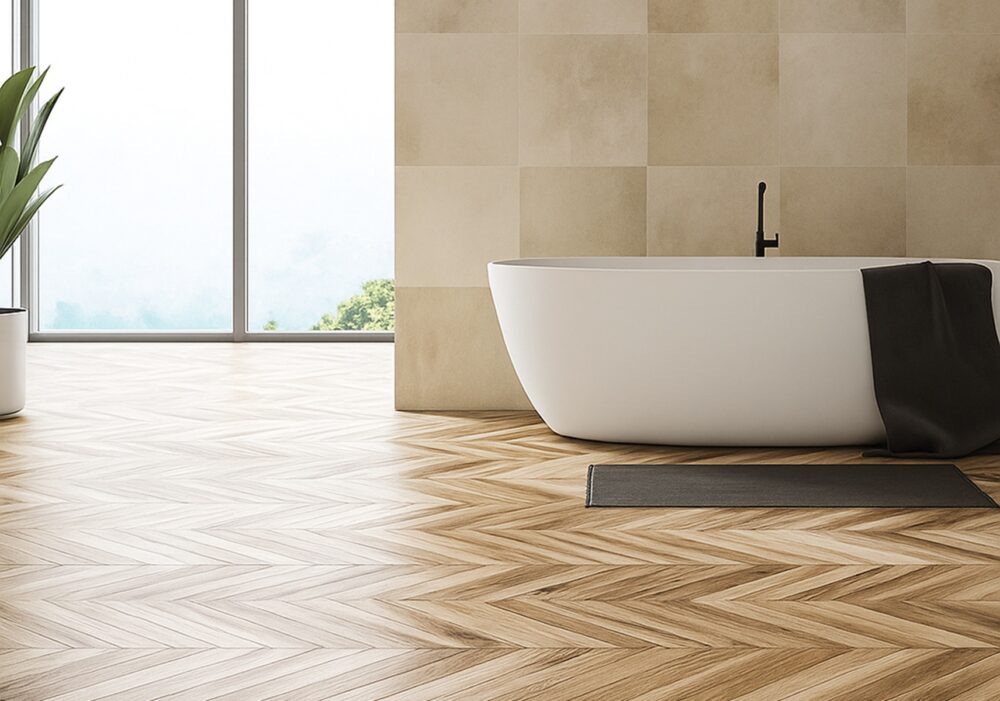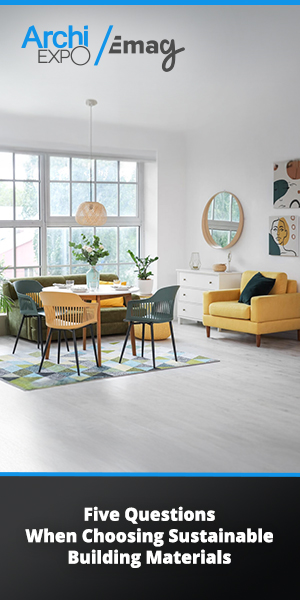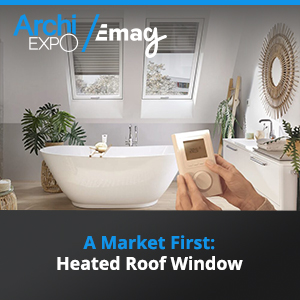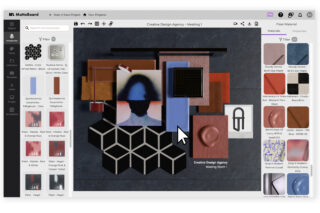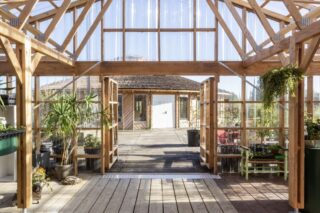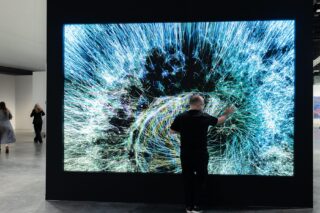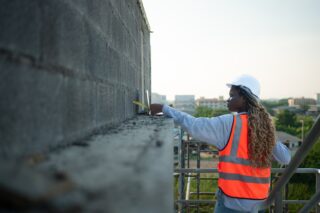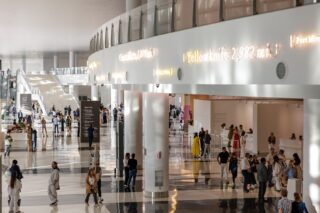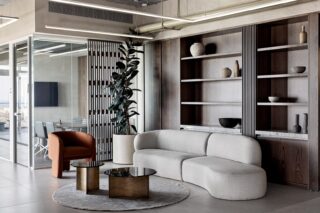Jenny Lee, Co-founder and Executive Director of Kangton Industry Inc, provides technical details about the company’s award-winning new SPC engineered flooring.
At the 138th Canton Fair in Guangzhou, one of the busiest design showcases in Asia, Shanghai-based Kangton Industry Inc. stood out for a flooring innovation that elegantly reconciles two qualities long thought to be at odds: solid-wood beauty and total waterproof performance. The company’s SPC engineered flooring, a hybrid structure of natural wood and composite technology, earned the CF Design Award (Bronze)—a distinction that positions Kangton among the most forward-thinking manufacturers on the global specification stage.
For architects and interior designers increasingly asked to deliver warmth, resilience, and sustainability in equal measure, Kangton’s hybrid flooring represents a notable material advancement.
WATCH our video interview with Jenny Lee here.
A Company Rooted in Materials Innovation
Founded in 2004, Kangton Industry Inc. has evolved from a domestic flooring supplier into an international project-partner specializing in flooring, doors, and cabinetry. Headquartered in Shanghai with manufacturing and export operations serving North America, Europe, and Australia, Kangton’s approach has always emphasized certification and consistency. Its products are supported by FloorScore, CE, and SGS standards, positioning them as credible options for large-scale architectural projects that demand both environmental assurance and technical reliability.
At the Canton Fair, the company’s display presented an evolution of the familiar engineered-wood category. Kangton’s waterproof SPC flooring merges a solid wood surface layer with a tubular wood-plastic composite core, supported by a stabilizing backing layer. This hybrid assembly results in a floor that looks and feels like natural timber yet withstands the moisture and dimensional stress that would normally defeat wood in bathrooms or kitchens.
Co-founder Jenny Lee, representing the company during the Fair, summarized the innovation succinctly:
“It’s 100 percent waterproof,” she explained, demonstrating a sectioned sample. “The top layer is solid wood, the core is tubular SPC, and the background is the stabilizing backing. You can use it in your bathroom, dining room—even directly in wet areas.”
The company’s focus on tangible structural design—rather than surface cosmetics alone—reflects a shift seen across Asia’s high-end building materials sector, where R&D increasingly defines brand identity.
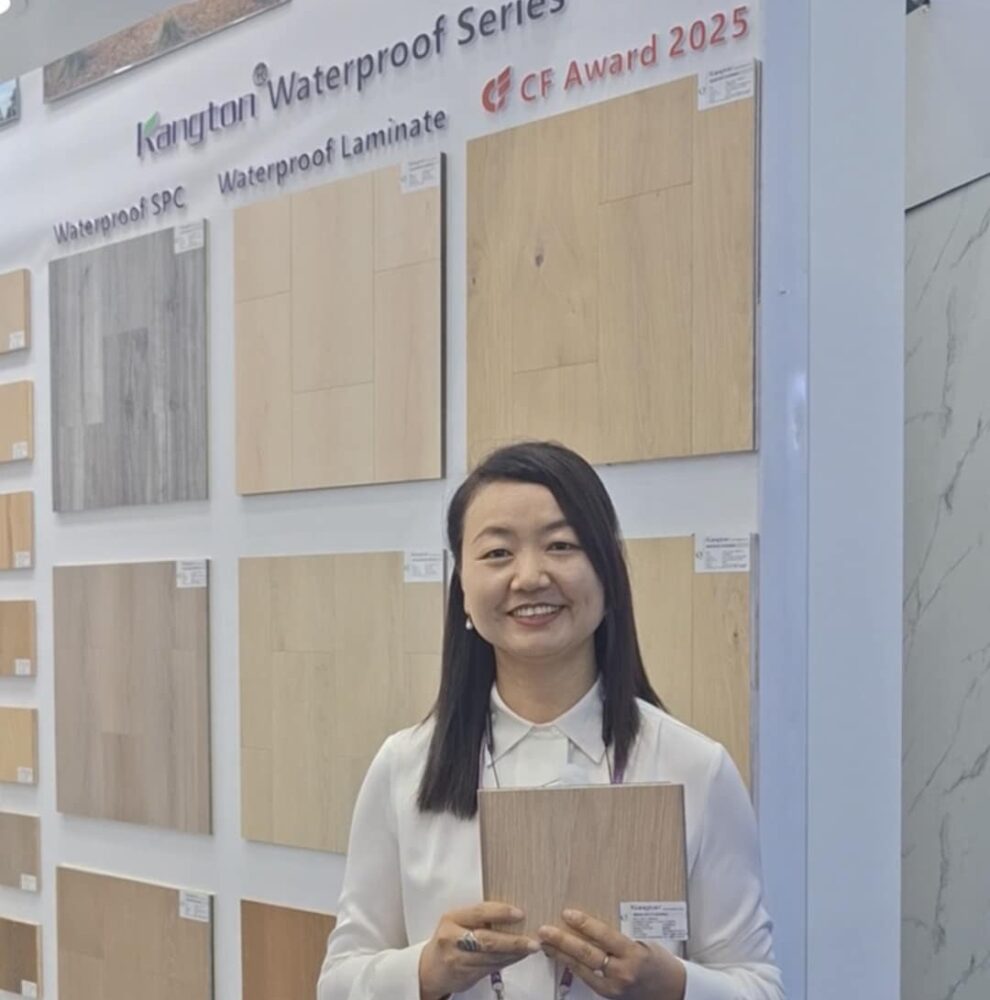
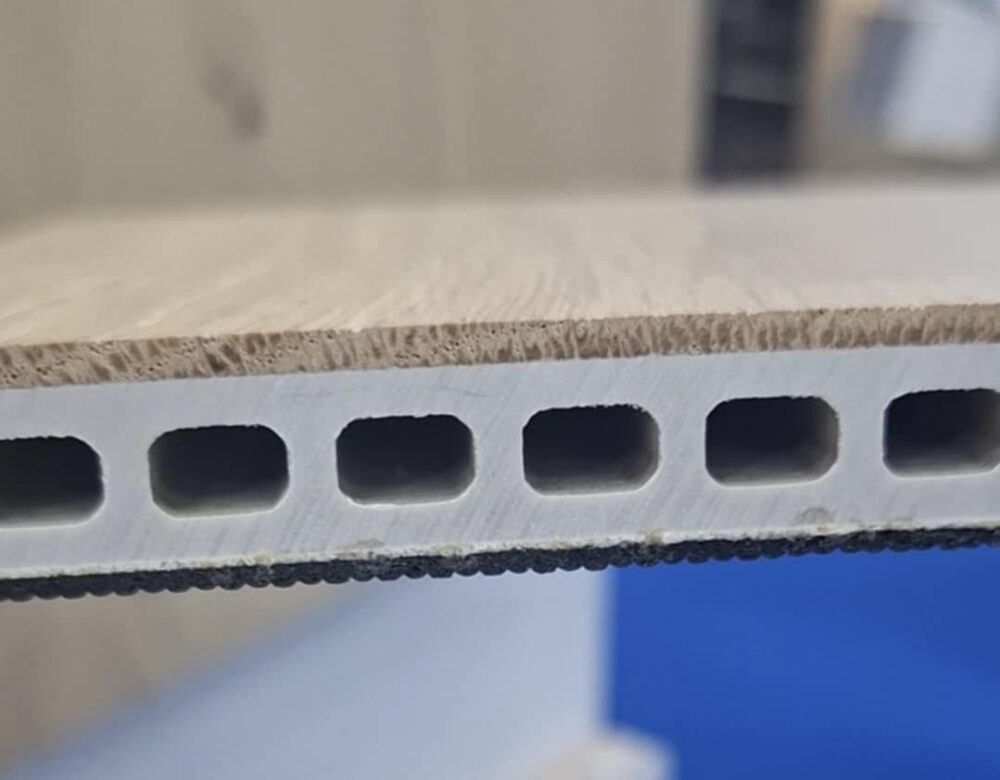
Material Performance Meets Design Expression
Kangton’s flooring concept answers a persistent challenge for architects: how to carry natural materials seamlessly through an entire spatial program, including high-humidity environments. Traditional hardwood flooring is unsuited to such conditions, prone to expansion, warping, or delamination. Vinyl alternatives, though waterproof, often compromise tactile authenticity. Kangton’s tubular SPC core offers a middle path—engineered stability without aesthetic sacrifice.
The structure creates micro-air cavities within the composite, reducing weight while enhancing dimensional stability. Over this sits a real-wood veneer that can be brushed, stained, or finished in multiple natural tones. The company currently offers a palette of light oak, walnut, and neutral grey hues, all developed to highlight subtle grain movement while maintaining colourfast performance. The result is a floor that delivers genuine timber texture underfoot yet shrugs off the water damage and swelling that typically accompany long-term exposure.
Beyond the material science, the product’s total thickness enables compatibility with standard underlay and heating systems—important considerations for renovation and hospitality design. For specifiers, this means the flooring can transition seamlessly between dry and wet zones without breaking aesthetic continuity.
She noted that flexibility was central to the design intent:
“Designers don’t want to change material every time they cross from the living area into the bathroom. We wanted a wood floor that could follow them anywhere.”
That user-driven logic underpins the flooring’s success and aligns perfectly with current architectural trends toward cohesive, continuous surface languages.
Recognition and Relevance in the Global Market
The CF Design Bronze Award at the 138th Canton Fair recognizes Kangton’s SPC engineered flooring not just for material performance but for its design coherence—proof that industrial flooring technology can now inhabit the same conversation as fine interior design. The award is especially significant within the Canton Fair context, where thousands of product innovations compete for limited jury recognition across multiple building-material categories.
For Kangton, the honor underscores nearly two decades of incremental innovation. The company’s portfolio already includes SPC, laminate, and engineered-wood options, but this waterproof series represents a technical apex: a product that merges tactile authenticity, durability, and manufacturability at scale. It is also emblematic of China’s broader push toward high-value, design-led exports—products conceived not merely as alternatives to Western brands but as category definers in their own right.
Architects visiting the Fair noted the flooring’s subdued matte finish and brushed texture, which lend it a quietly sophisticated presence more aligned with European contemporary interiors than traditional laminate aesthetics. That refinement is likely one reason the jury singled it out for recognition. In a global market increasingly driven by experiential design—spas, wellness centers, boutique hotels—materials that reconcile nature and performance occupy a growing premium niche. Kangton’s waterproof flooring speaks directly to that intersection.
“We think the market now expects wood that can live anywhere—beautiful, natural, and strong enough for every space.”
For architects and designers specifying finishes in the next generation of wellness-oriented interiors, that aspiration feels perfectly timed. Kangton’s hybrid flooring offers a concise lesson in modern material strategy: when innovation is driven by lived function as much as by aesthetic tradition, design earns the right to call itself enduring.
